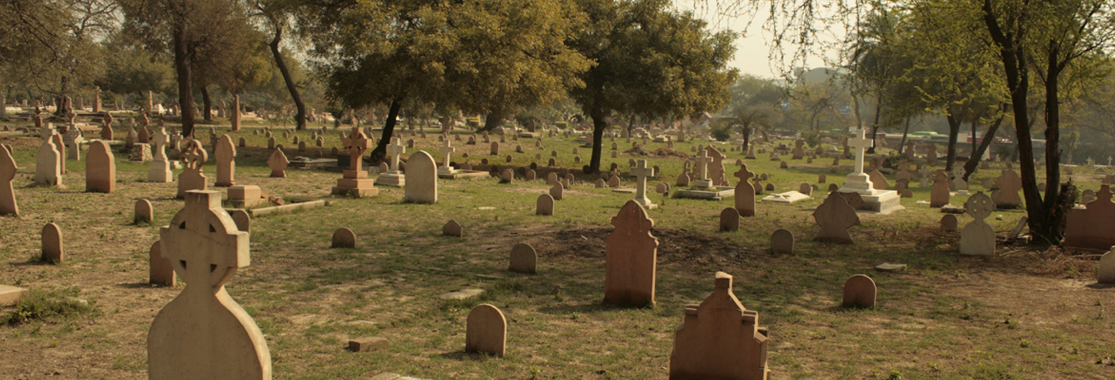THE STORY OF 1857
“Dil ki basti bhi shehar dilli hai; Jo bhi guzra usee ne loota”(Delhi alone is a city of love; all those that have passed through have looted it)
Most of us know about the Sepoy Mutiny and the revolt of 1857 —India’s First War of Independence — but many wouldn’t be familiar with the lesser-known facts about the event. In order to give some more insight on the monuments connected to the 1857 revolt. The story of the past is often found in the bits and pieces of imprints it leaves behind in modern cities. Hidden behind the multistory buildings, the busy markets and, of course, the rising pollution levels in Delhi, lie several epochs of history, visible till date through the architectural delights they have left behind. One such little moment in Delhi’s history, that went on to be remembered as the very beginnings of a nationalistic movement in the country, is the revolt of 1857. Starting from the Nicholson cemetery near the Kashmiri Gate metro station, the walk traced a number of spots in the busy north Delhi region that weaved the story of 19th century Delhi and the events and characters surrounding the great uprising.
Meerut was the starting point of the rebellion that went on to spread elsewhere, Delhi had a very significant role to play in the whole incident. The soldiers who broke out in rebellion against the British officers in Meerut rushed to Delhi to meet with the shrinking forces of Mughal emperor Bahadur Shah Zafar. It is in Delhi that the rebels had to fight against the strength of the East India Company forces. In the spirit of rebellion, they went about destroying everything associated with company rule. Delhi was very important to the British. “The British could not afford to lose Delhi, if they lost Delhi they would lose the empire” But then history is always written by the victors. Same is the case with monuments, memorials and most other such historical residues, which tell us the story from the point of view of the victors. In case of Delhi in 1857, it is actually the sites commemorating the story of the British that is preserved and was traced in the walk. Nonetheless, it does give us an idea of the life and times lived by Indians in the 19th century.
Since most monuments are either being used by the government agencies or aren’t open to public, the participants will be able to see the monuments from outside.
Sites: Nicholson cemetery, Grave of Yasudas Ramachandra, Kashmiri Gate, Old campuses of St. Stephens and Hindu, The Telegraph memorial and the British magazine




